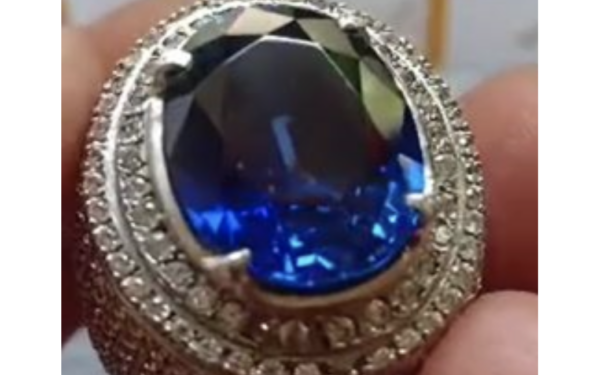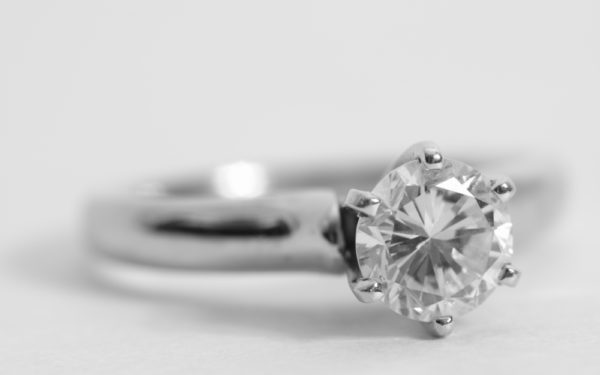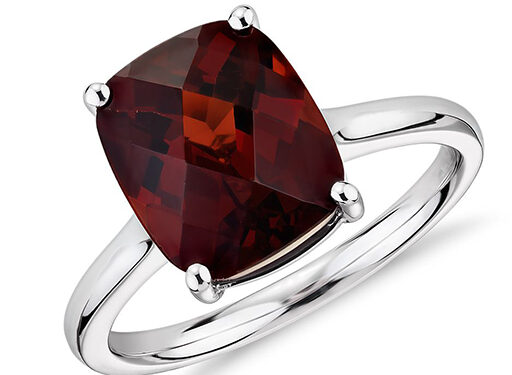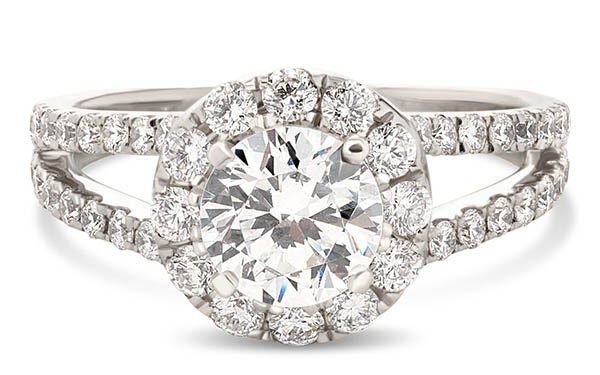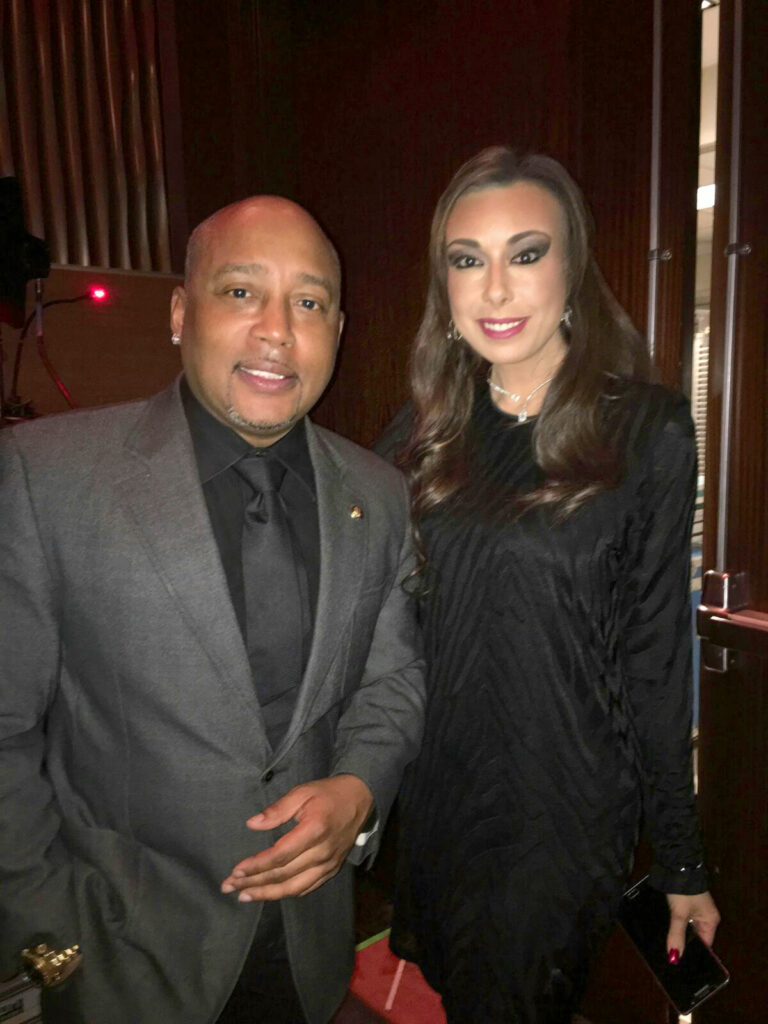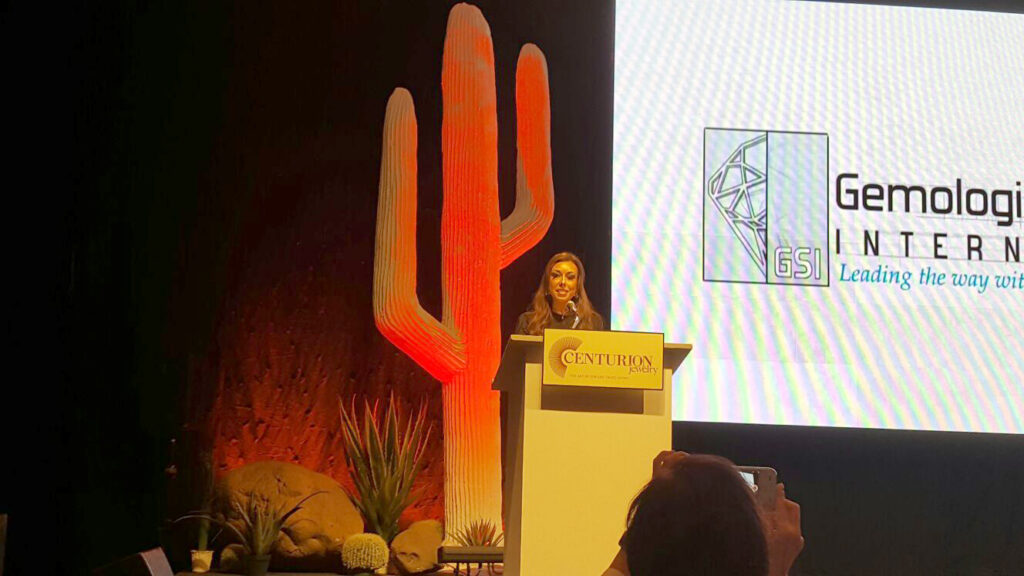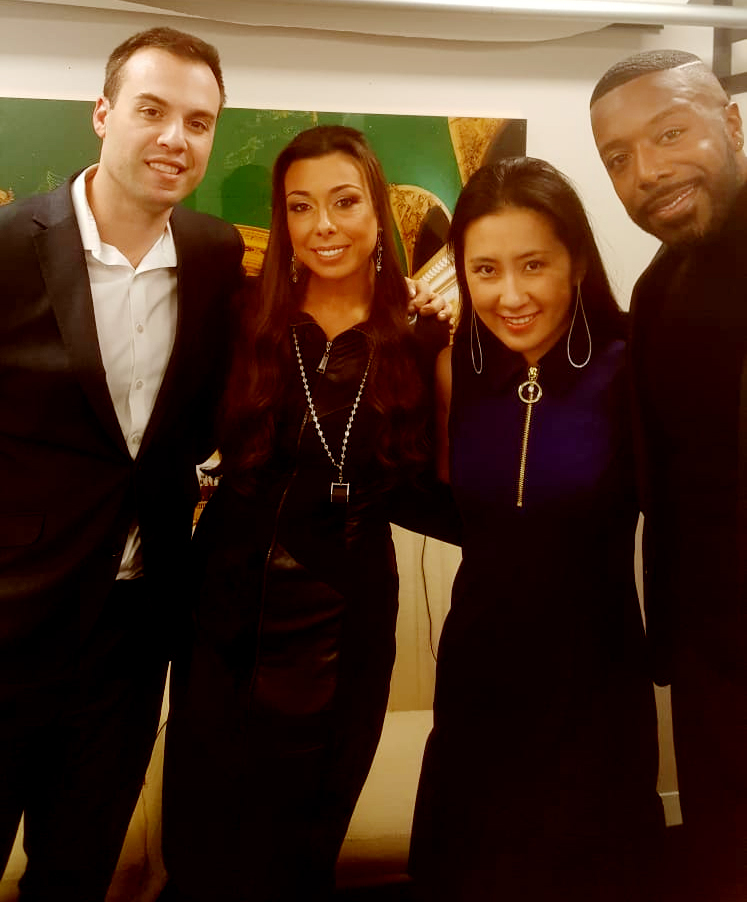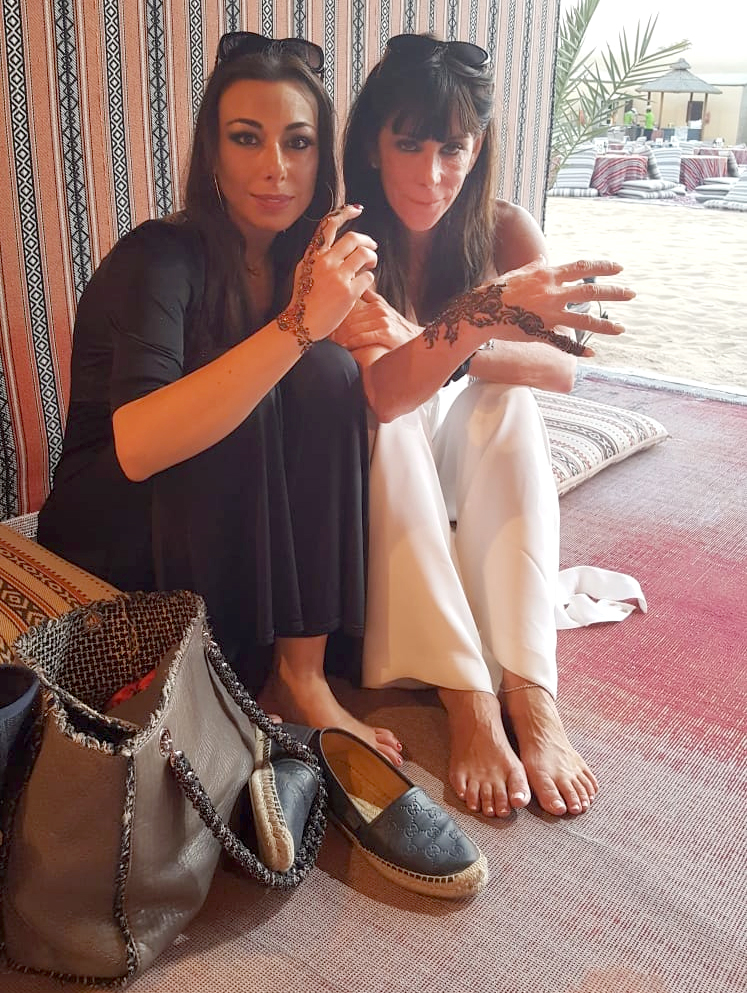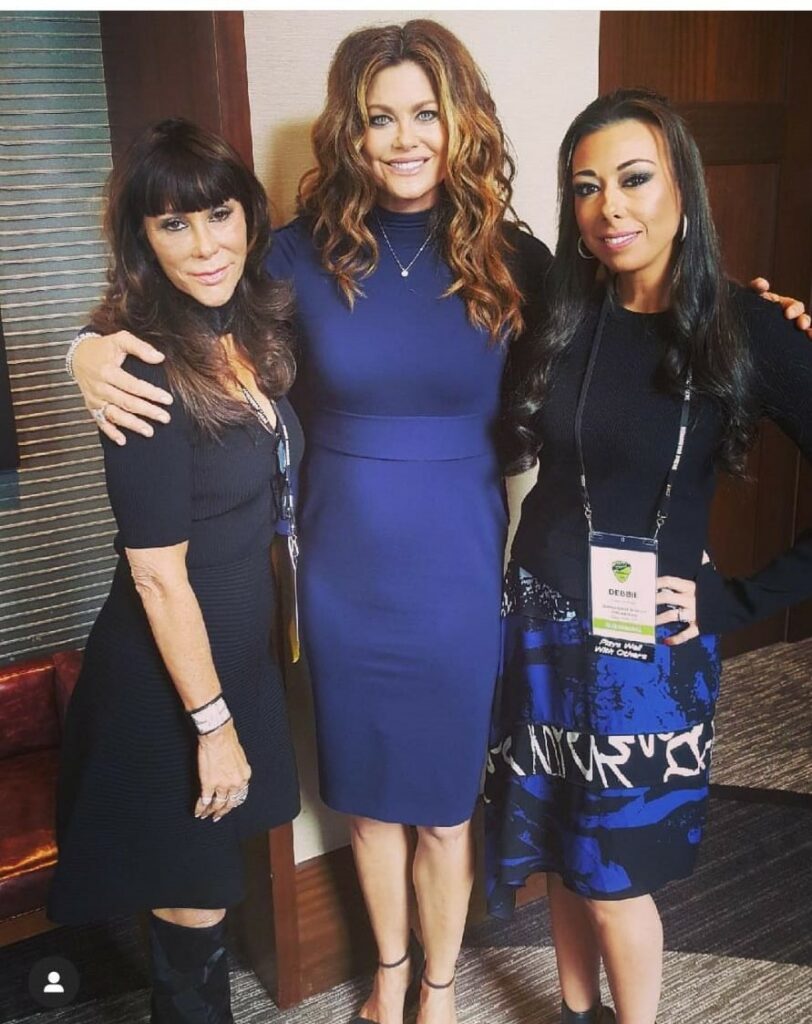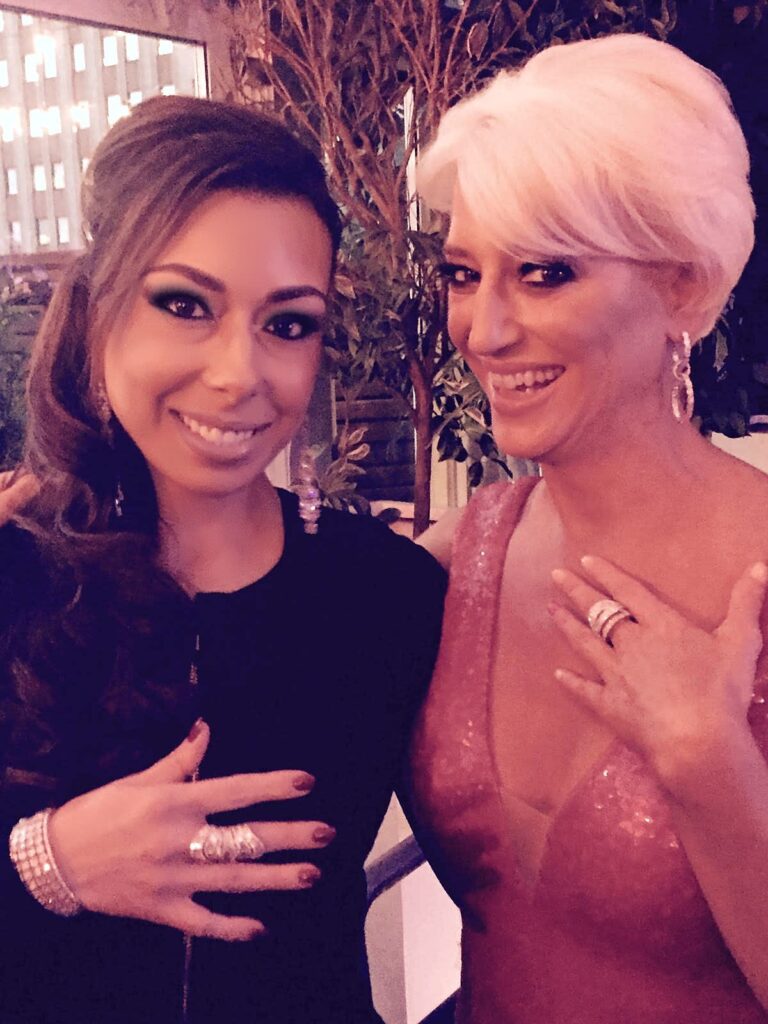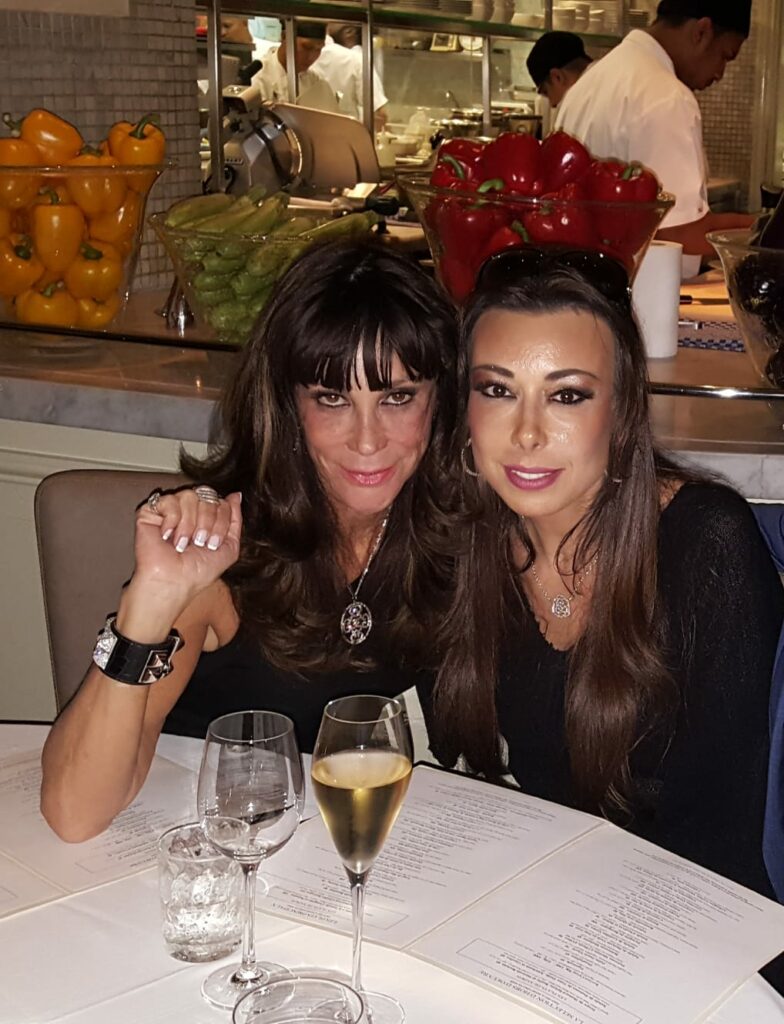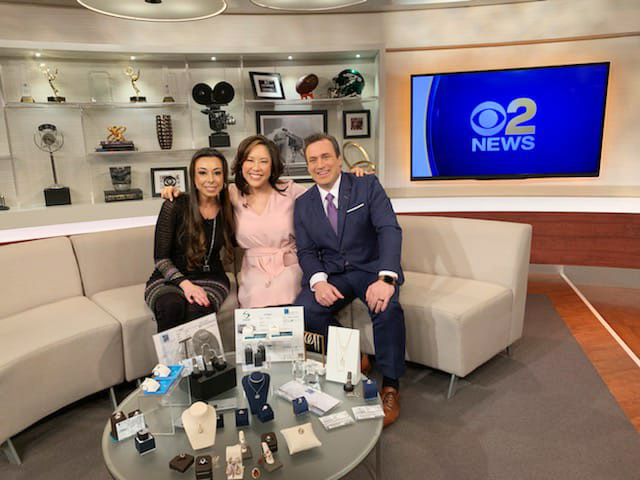The Beauty in Flaws: How Diamond Inclusions Make Each Stone Special
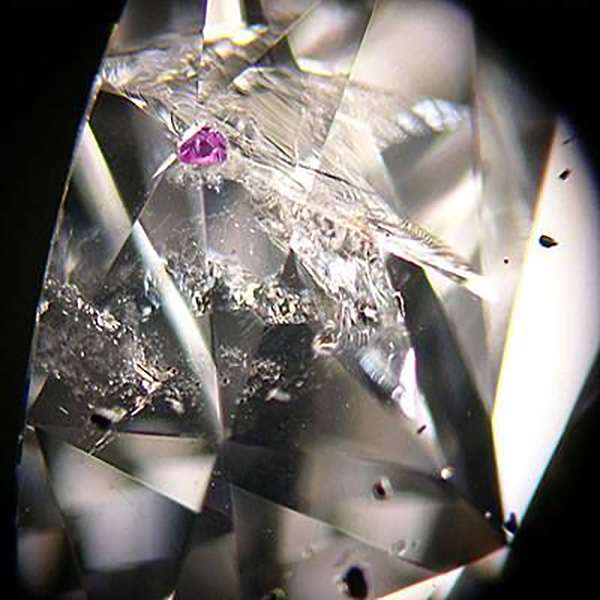
If you don’t know what diamond inclusions are and type the phrase into Google, one of the first search options that pops up is “to avoid.” It’s interesting to see that inclusions are cast in such a negative light, because they’re actually what make diamonds beautifully unique. When you understand what inclusions actually are and what they represent in a stone, you might find yourself appreciating what are commonly viewed as flaws on a diamond.
Here’s a quick breakdown — diamond inclusions are the various types of internal features that you can see in a diamond. There are a number of different types of inclusions that occur naturally as the diamond forms and makes its way to the surface of the Earth. Inclusions are a diamond’s fingerprint, so to speak. There are never the number of the same types of inclusions in the same location on a diamond twice, so every diamond that you get is truly original because of its distinct inclusions!

There are five criteria that diamond experts examine when assessing different inclusions: size, location, number, nature, and relief. What these assessments end up factoring into is the stone’s official clarity grade, but ultimately they mean so much more to gemologists and diamond aficionados. How these inclusions end up impacting the diamond’s clarity grade mean nothing compared to what they can tell us about where the diamond came from and the history behind the stone.
Most inclusions are named for the way they appear in a diamond. Breaks in the stone are often called “feathers” because of the way they fan out. Extremely small crystals, barely perceptible at 10x magnification are called “pinpoint” inclusions because they look just like tiny pinpoints of light. . Cloud inclusions are clusters of super tiny pinpoint inclusions that create a greyish or white “cloud.” These types of inclusions are super interesting because they can take on different shapes. You can find cloud inclusions that look like crosses, animals, and pretty much anything you can think of, just like how you view actual clouds in the sky.
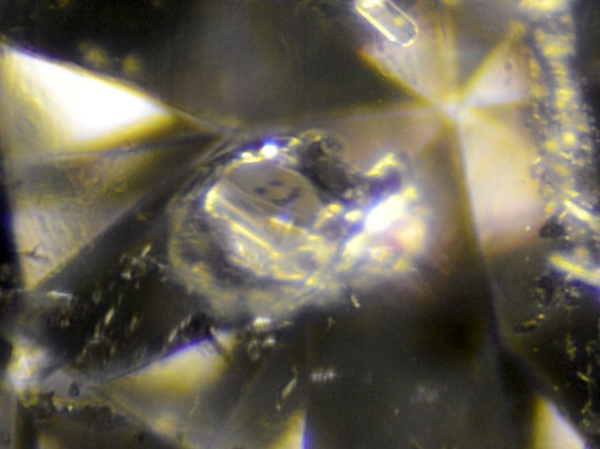
There are other types of inclusions that specifically tell gemologists how the diamond was formed. Twinning wisp inclusions, for example, tell us that the diamond may have stopped growing at some point, and then restarted growing in a different direction, possibly even thousands of years later!
The impact that inclusions have on clarity is what can turn people off from them, or flat out avoid them because natural diamonds without inclusions are considered rarer. What “negatively” impacts a diamond in terms of value is actually what gets gemologists excited! Inclusions offer up tons of information about a diamond, including its age and how it traveled through the Earth. They can even tell us the condition of the Earth (specifically the Earth’s mantle, where diamonds are created) at the time it was formed, which from a scientific perspective is invaluable information. Diamonds begin their formation process hundreds of miles beneath the Earth’s surface in places that are virtually impossible for humans to access. So when you think about inclusions from this perspective, your diamond isn’t just a beautiful piece of jewelry — it’s a part of history!
We’ve only covered the most common types of inclusions that you can find in virtually every diamond on the market. Most of these typical inclusions are either colorless, black, or grey when you observe them in the diamond. When they’re especially visible, those stones are typically less desirable to customers, which is why flawless diamonds are considered the cream of the crop. But if you’re looking to purchase a flawless diamond, good luck! Fully flawless diamonds represent less than half a percent of all the diamonds that exist in the world.
You might be thinking, “what could possibly be even rarer than a flawless diamond?” Well, it’s actually a diamond that has a specific type of inclusion. Mineral crystal inclusions happen when a different type of stone is formed within the diamond, and most commonly it’s another diamond within the larger diamond. You can also come across vividly colored mineral inclusions that are incredibly appreciated by gemologists because of how unique they are, and the potential information they can hold. But the absolute rarest of all diamonds is one that has a ruby inclusion! Only one has been documented to date. Another red mineral inclusion that you can find is pyrope garnet, which also form in the Earth’s mantle alongside its budding diamond. They are much more common than a ruby inclusion.

With the right cut and setting, a mineral inclusions within diamonds can be incredibly stunning. You could even find a heart-shaped inclusion within a diamond for a truly sentimental and romantic piece of jewelry.
About The Author
Debbie Azar is the Co-Founder and President of Gemological Science International (GSI), one of the largest gemological organizations in the world, and a distinguished leader in the global diamond and jewelry industry. As an executive with extensive knowledge of the jewelry and gem lab industries, her entrepreneurial skills and vision have helped GSI achieve rapid and continuous growth worldwide, establishing 13 leading-edge gemological facilities on four continents. She currently serves on the boards of the Jewelers Vigilance Committee, Responsible Jewellery Council, and Jewelers for Children, and is a member of the 24 Karat Club of New York. She has been featured in Forbes, Daily Mail, Good Morning America, Bloomberg, Bloomberg Businessweek, Fox Business, Fox5, CBS2, BOLDTV, Varney&Co, The Street, and NASDAQ, among others.
